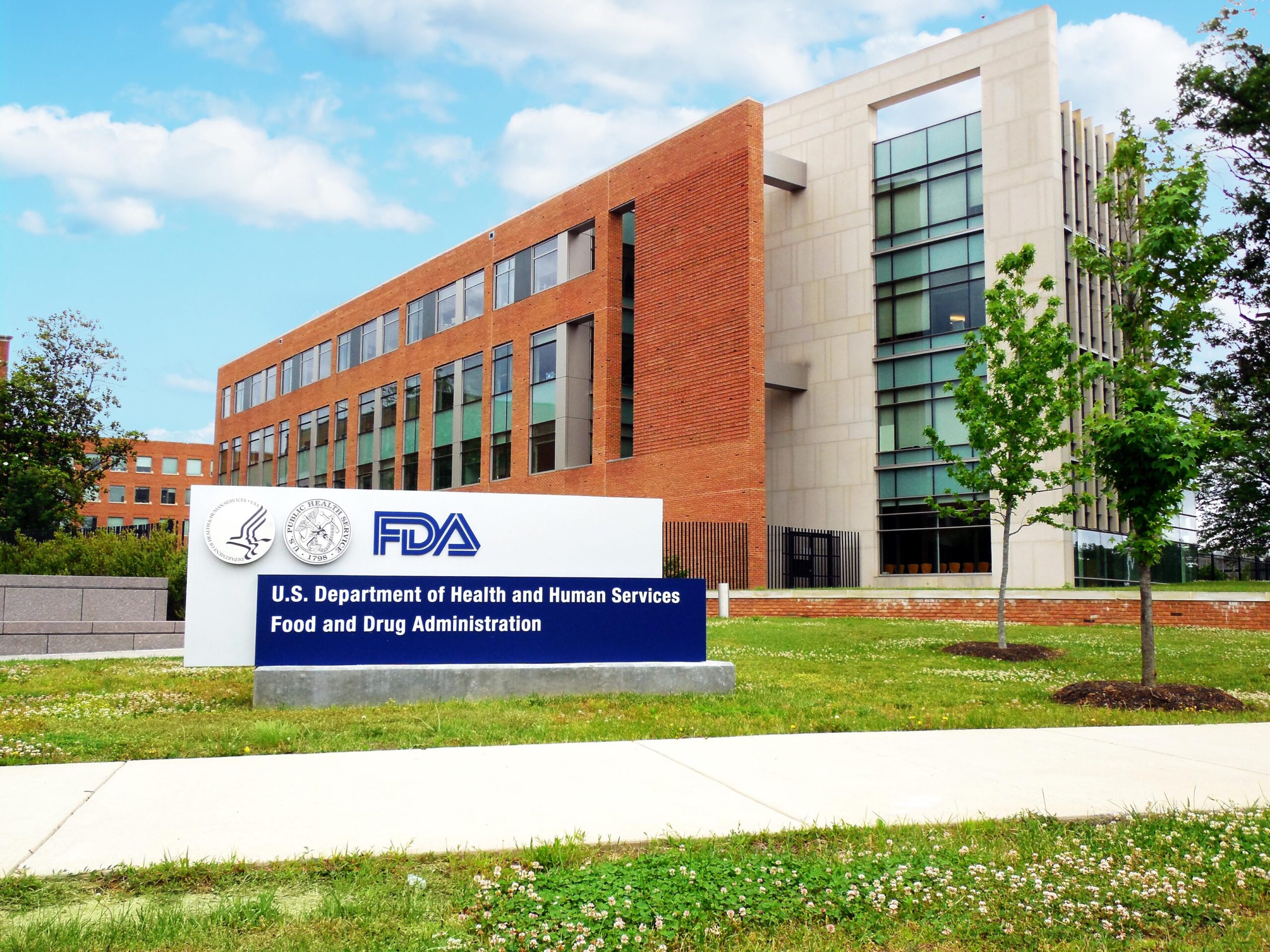On March 9th and 10th, two major meetings were held in the nation’s capitol to discuss the barriers to the success of biosimilars in the U.S. marketplace.
The first meeting was a joint FDA/FTC Public Workshop held on March 9th at the FDA’s headquarters. The second was a half-day event sponsored by the Hatch Center, Pfizer, and the Biosimilars Forum the following day and featured a keynote address from Health and Human Services (HHS) Secretary Alex Azar.
ASBM representatives participated in both events. Dr. Feldman, Dr. Schneider, and Andrew Spiegel provided comments at the FDA/FTC meeting and posed questions to the panelists at the Hatch/Pfizer event.
A key theme at both meetings was the importance of educating physicians and patients about biosimilars, as well as addressing commercial barriers to biosimilar uptake posed by patent litigation, insufficient price transparency, and the PBM rebate system.
One presenter identified the chief barriers to biosimilar uptake as physicians (who needed educational outreach to increase their familiarity and comfort with biosimilars) and payers (whose policies can sometimes impede utilization, and need to be addressed). ASBM Advisory Board Chair Philip Schneider addressed these concerns in his remarks at the FDA/FTC workshop:
Our recent survey of 579 European biologic prescribers show high knowledge and high confidence in biosimilars. Depending on country, between 82% and 93% of prescribers considered themselves familiar or very familiar with biosimilars. Between 80% and 99% would feel comfortable prescribing a biosimilar to a new treatment-naïve patient. Between 46-76% would be comfortable switching a stable patient.
if the premise behind today’s proceedings is valid – that biosimilar uptake is strongly tied to physician confidence, the high physician confidence in biosimilars across the board should correlate with a consistently high uptake across the board.
Yet if we look at the biosimilar market shares across the six countries we surveyed, there is a very wide variation, and variation among biosimilars in different product classes. For example, market share for the Epoetin biosimilar ranged from 6-84%. There are similar ranges for other biosimilars.
Clearly there are other factors besides physician confidence, which is uniformly high across the countries. These factors likely include differences between each country’s payer policies, differences in the length of time a biosimilar has been on the market, the number of biosimilars in a given product class, the discount of each product relative to the originator product, and other factors.
ASBM Steering Committee Member Andrew Spiegel, who attended both events, characterized the U.S. biosimilars market as “a success story” in his remarks at the Hatch/Pfizer event. In addition to the Zarxio example, Spiegel also cited the example of the first rituximab biosimilar launched last year by Teva with a 10% discount. The second one, he pointed out, launched last month by Pfizer, has a 22% discount.
“As we look to Europe as a model, we see the key is many different products competing and putting downward pressure on price. The greater the discounts, the greater the market share- it’s encouraging to see this beginning to happen in the U.S. as well,” said Spiegel.
Read the comments submitted to the FDA/FTC by Dr. Feldman, Dr. Schneider, and Mr. Spiegel.
